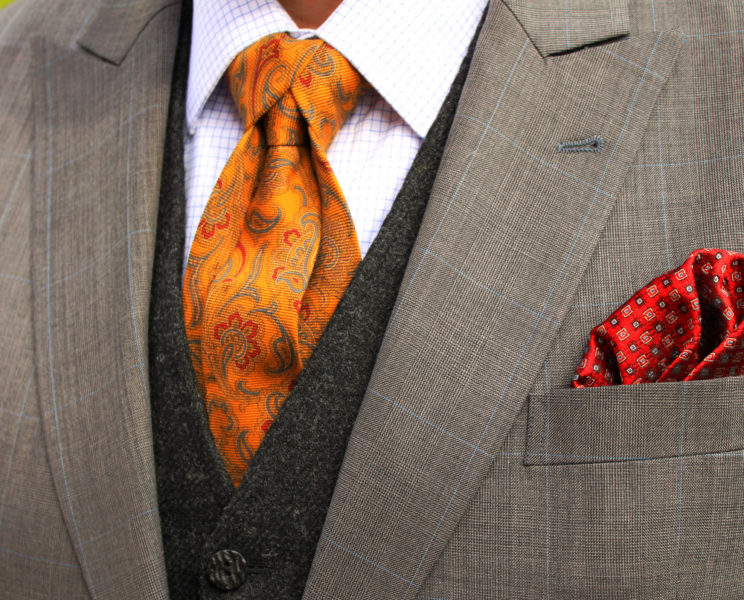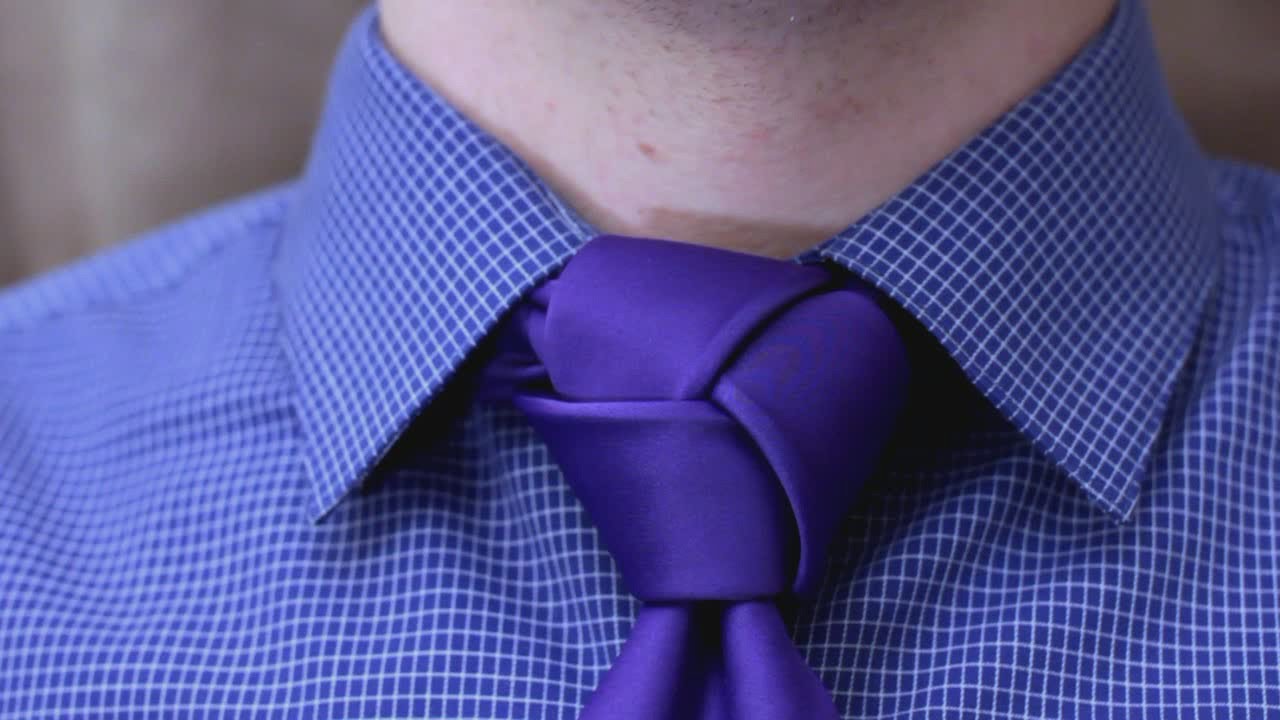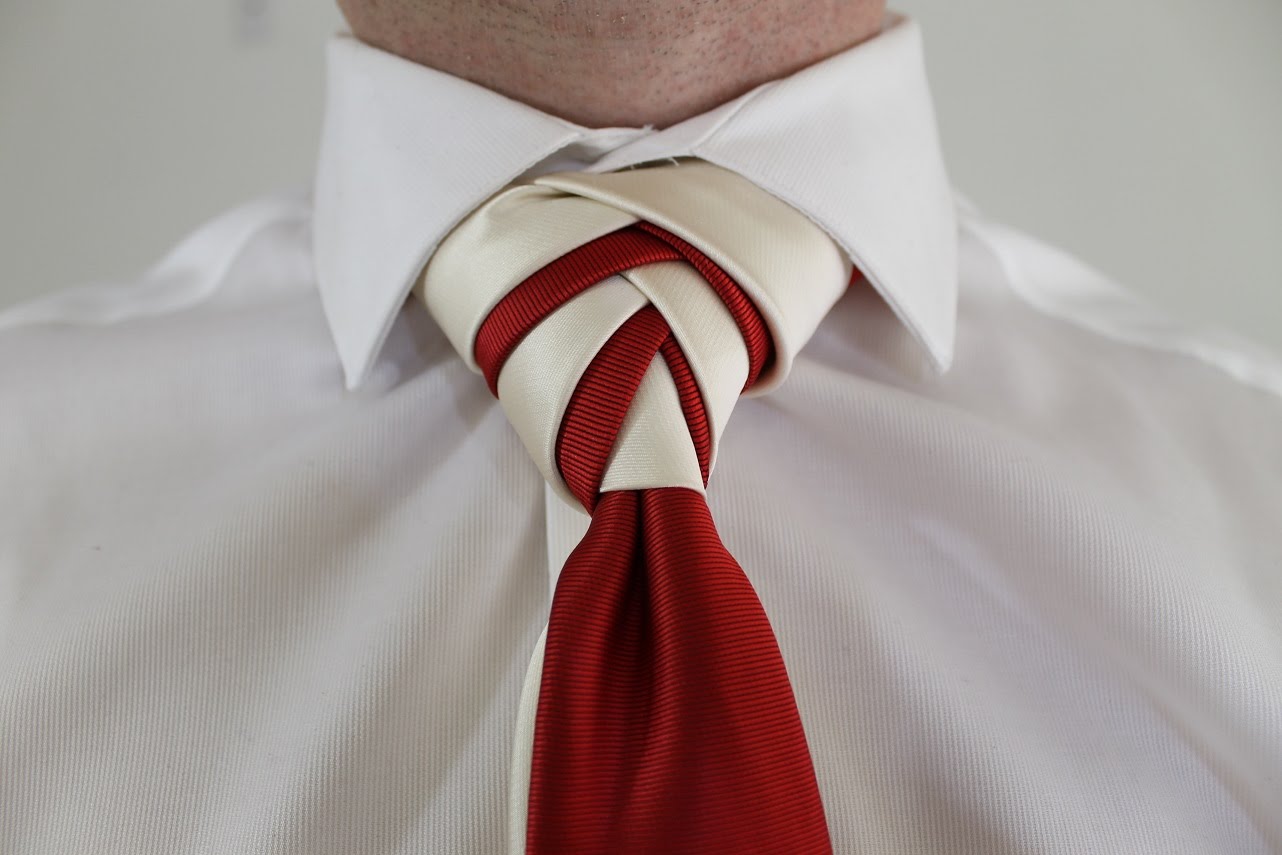No products in the cart.
Dressing and Grooming
The tie is dead! Or is it??
The tie used to be a staple in mens fashion, however it’s no longer part of the daily wear. Cultural changes from the 1990’s and the relaxed environment in the tech industry where wearing a tie was too formal (and with casual Friday) meant that the tie was slowly dying. Even the high fashion elite have long abandoned the tie. The tie has become more of a personal choice in most cases, even if some still wear it for formal occasions such as meetings, interviews etc.
Ofcourse, there are some men who still stick to the formal rules of wearing a tie, however, a new generation of men are bringing back the joy of wearing a tie – not because they have to, but because they want to! They are using the tie to express their individuality. This can be through the colour of the tie, the type/patterns of the tie and even through the unusual way of wearing the tie.
So how do you stand out from the crowd when wearing a tie? We’ve chosen a few of the coolest tie knots to try out – not for the shy guy! But hey, you can always start out with the classic knot style and then build it up to a more complex style.
The Grantchester
The Grantchester knot is an unusual symmetric knot that finishes with a large bold knot. This tie is great for men who require shorter ties, as the extra layers and folds in this knot use up the extra length of the tie, ensuring it sits at the right length. Taller men should user a longer length tie if tying this knot.
Usually referred to the larger thicker version of the St. Andrew knot. The history is unclear, but the name is believed to have come from a town near Cambridge. Thomas Fink and Yong Mao studied and used it in their mathematical work on neckties ‘The 85 ways to Tie a Tie.’ ( When two mathematicians from Cambridge spend time publishing work on how to tie a tie, we hope you can appreciate the seriousness of this post on tying ties – don’t take us lightly :P)
Symmetry: Triangular but slightly asymmetrical – Similar to the Windsor knot (a wide triangle knot) in bulk but shorter in height.
Difficulty: Uncommon and is not always an easy to tie knot. It is a large and even knot.
Fabric: Silk and lightweight material as other fabrics will look awkward.
Style/Pattern of Tie: Most patterns suit this tie, but usually the bolder solid patterns/colours make the knot stand out.
Where to wear: Can be worn every day and to formal events, it makes the individual stand out from the crowd.
Tips: Keep the colours simple and the tie style thin so that you get a neat triangular knot. Best worn with a suit/formal business attire.
Here’s a video on how to tie this knot:
The Trinity knot
One of the best looking knots, it is named after and based on the trinity knot from Celtic culture, with a few holy-trinity connotations.
Symmetry: The Trinity has a 3-way symmetry and its shape resembles a hexagon. The centre point is where the pattern converges, creating what looks like a vortex.
Difficulty: This knot is much easier than the Eldredge (another knot style) and less fabric is needed. Once learnt, this knot can be performed very fast.
Fabric: This knot, compared to other knots, consumes less fabric.
Style/Pattern of Tie: Best with solid colours, polka dots, diamonds on a light coloured tie. Use strips when you’ve mastered the art.
Where to wear: Fun and semi-formal events.
Tips: Keep the outfit simple; strips can create a cool effect.
Here’s a video on how to tie a trinity knot:
The Eldredge knot
This knot was actually invented by Jeffrey Eldredge who wanted to challenge the traditional official style. Inspired by the Ediety knot and with a bit of experimenting, the Eldredge knot was born.
If you are young and stylish and unafraid to experiment, not only will this draw attention but it’s a great way to try something new, if you’re bored with the four-in-hand.
To get the best look choose a tie that doesn’t have heavy patterns, remember the knot is the attraction, not the pattern.
Symmetry: The knot is a symmetrical triangle shape, that’s why it’s a good knot for formal events.
Difficulty: This knot is much easier than the Eldredge and less fabric is needed and once learned, this knot can be performed very fast.
Fabric: This knot, compared to other knots, consumes less fabric.
Style of Tie: As it’s a complex knot, it is best done with a plain solid tie to highlight the natural folds and shadows of the knot.
Where to wear: Fun and semi-formal events.
Here’s a video on how to tie this knot:
The Truelove knot
The tie was evented by a tie alchemist and gentlemen Eliot Truelove. The Truelove knot is quite complex and is divided into four distinct quadrants and can resemble a heart. This is probably one of the most complicated knot to tie and will take considerable practice. The knot isn’t for boys, it’s for lady killers!
Symmetry: The knot is in four quadrants and it can be difficult to make them all the same size.
Difficulty: Given the complex nature of the tie it needs time and patience to get it right.
Fabric: This knot can consume as much fabric as the Eldredge knot.
Style of Tie: Due to the complexity, stick to solid or light patterns and move to stripes for the advanced level.
Where to wear: This will definitely get the attention, so keep it to venues where you want to stand out but away from formal settings.
Tips: Great with vests, cardigans and suits.
Here’s a video on how to tie this knot:
The Merovingian knot
This knot is definitely used as an eye catcher. If you’re a big fan of The Matrix, you’ll recognise this knot sported by the Merovingian (or The Frenchman) in “The Matrix Reloaded” and “The Matrix Revolutions”. Originally known as the Ediety Knot, this knot can look great when worn right.
Difficulty: The difficulty is high and this tie needs considerable practice.
Style of Tie: Thin and medium material is best for this tie, as fabric use is high. Best styled on a tie with thinner fabric and slimmer width. This will cause less wrinkles. Striped ties look great and light paisley/ patterned ties are better for this.
Where to wear: Can be worn in most places but best when out for a special date.
Tips: Best worn with smart vest, cardigan or suit; stripes can create interesting effects.
Here’s a video on how to tie this knot:
You’ll agree that these tie knots are great for a creating a stir, so if you’re thinking of turning heads then why not try these styles at the next corporate party, friend’s wedding or any festive event where you want to stand out! It will definitely get those admiring glances, as well as a guaranteeing a great way to break the ice!






